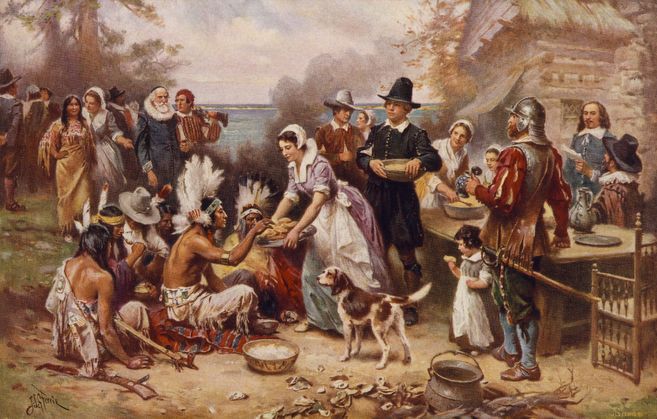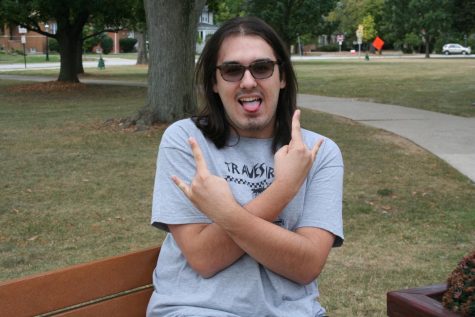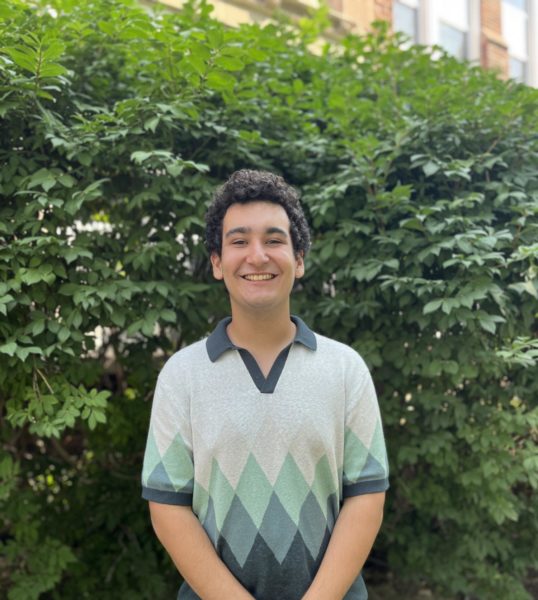Thanksgiving: Myths and Truths, the True Story
“The first Thanksgiving” depicted in an 1899 painting by Jean Leon Gerome Ferris.
November 23, 2017
Thanksgiving is one of the most beloved holidays. You get to eat, spend time with family members, grandparents, uncles, aunts, but is the history of Thanksgiving all that true? Let’s dive into the myths and truths about this holiday.
The myth: The Indians and Europeans ate turkey, potatoes, and cranberry sauce for the first Thanksgiving.
The truth: There is no proof of turkey at the 1621 meal, there was however wild fowl, most likely goose or duck. Potatoes were not yet grown in North America. Other food on the Thanksgiving table were venison (deer meat), pumpkin, succotash, and Indian corn.
The myth: Europeans appreciated Squanto’s help.
The truth: All people know of Squanto, the Indian who helped the Pilgrims how to plant corn and other vegetables, but what you probably don’t know about Squanto was as a boy he was kidnapped and sold into slavery in Spain. He did return to his village only to find out that he was the only member of his tribe left.
The myth: The Pilgrims taught the Indians about Thanksgiving.
The truth: The Pilgrims did not introduce the natives about the tradition, Eastern Indians had observed autumnal harvest celebrations for centuries.
The myth: The first Thanksgiving feast was a peaceful gathering between the Pilgrims and Native Americans.
The truth: It wasn’t all that peaceful, Massasoit, the leader of the Wampanoags showed up with 90 men. A Lot of them carried weapons. Some people say Massasoit crashed the party because he was alarmed by Pilgrim gunfire at their camp. Others say that the Pilgrims responded by gunfire when Massasoit arrived there.



